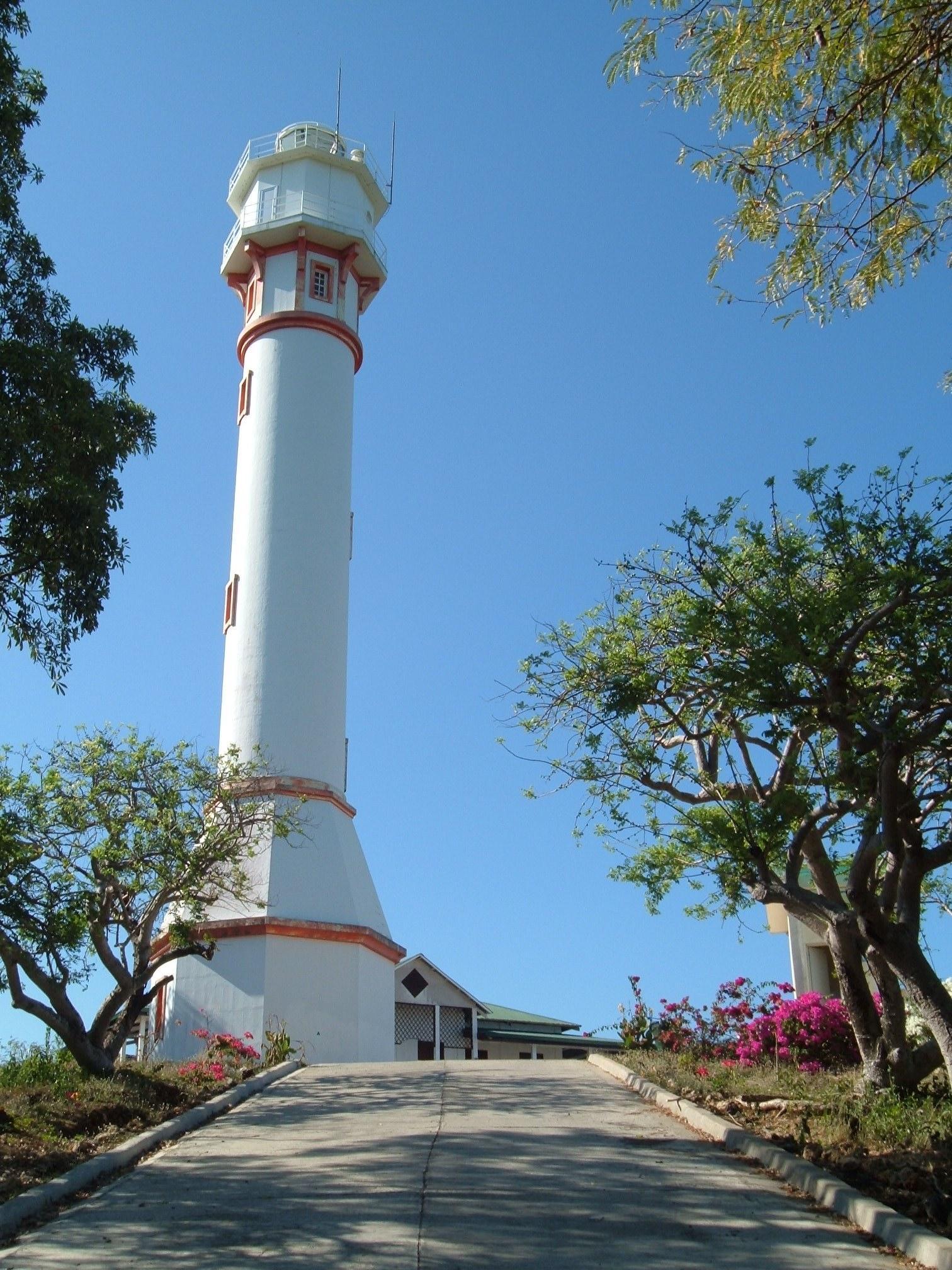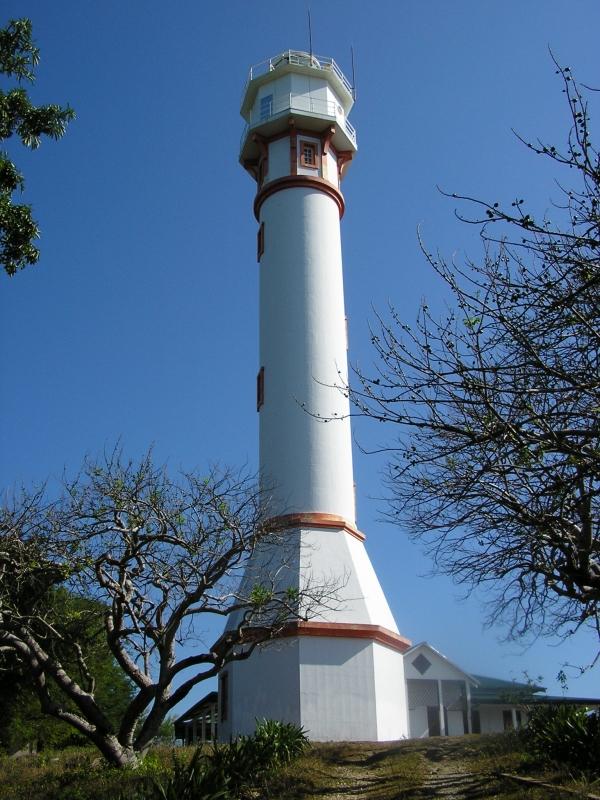
Being an archipelago of more than seven thousand islands, lighthouses have been a necesity for navigating through the many isles in the country throughout the ages. Some lighthouses, like the Cape Bolinao Lighthouse in Abac, Patar have been declared historical landmarks not only because of their importance in navigation, but also because of their cultural and historic significance to the country.

The Cape Bolinao Lighthouse at Patar rises majestically 351 feet above sea level atop Punta Piedra Point, a towering hill of solid rock which is the sharp point of Cape Bolinao itself. It was built on a 351-foot-high promontory at the western part of Cape Bolinao, the lighthouse still sends signals to vessels passing by the area.
The lighthouse provides a panoramic view of a portion of the 1,269 hectare Cape Bolinao Dendrothermal Ipil-Ipil Plantation on a land area where archaeological excavations have revealed relics from the 14th to the 15th centuries.


According to the Bureau of Geodetic Surveys, the land elevation is 250 feet. Visibility is 20 miles at midsea towards the lighthouse in Poro Point. The winding stairway has 6 platforms with 20 steps or rungs for a total of 120 steps plus 14 more to the illumination room, or an overall total of 134 steps.
Cape Bolinao Lighthouse was constructed in 1905 by American, British, and Filipino engineers to guide ships and boats plying Cape Bolinao in order to prevent sea disasters.

Its original third order apparatus was made in England and the lantern with kicks came from France, making the replacement of spare parts difficult were it not for the ingenuity of Filipino mechanics, who were able to make accurate replicas of the original parts.
For the first 80 years of its operation, the lighthouse apparatus ran on kerosene. By the 1980s, the Pangasinan I Electric Cooperative (PANELCO) extended its powerlines to Barangay Patar. It is now a favorite tourist site, being set among impressive rock formations and offering a panoramic view. The lighthouse has been slated for conservation, with a 19 million peso budget from the Philippine Government. The Philippine Coast Guard (PCG), the sole owner of the lighthouse under the Adopt-a-Lighthouse Program, has united with the municipality of Bolinao in an agreement to improve and conserve the lighthouse. The PCG is responsible for the maintenance of the equipment while Bolinao is responsible for the preservation of the structure and the environs of the lighthouse.
Travel to Bolinao!
From Manila, you can take a bus straight to Bolinao from:
• Buses that ply the Manila-Pangasinan route:
• Dagupan Bus Line (Quezon City to Dagupan) New York St., Cubao
• Victory Liner (Quezon City to Dagupan & Alaminos) Cubao, Q.C.
• Five Star Bus Line (Pasay City to Dagupan & Bolinao)
• City Trans (Manila to Dagupan & Bolinao)
• Philippine Rabbit (Quezon City to Dagupan & Bolinao) EDSA, Q.C.
• Philippine Rapid Manila to Dagupan & Bolinao)
Travel time is about 6-7 hours.
Accomodations: Puerto Del Sol Resort - Barangay Ilog Malino, Bolinao, Pangasinan, Philippines









